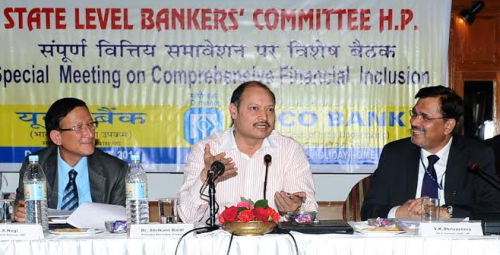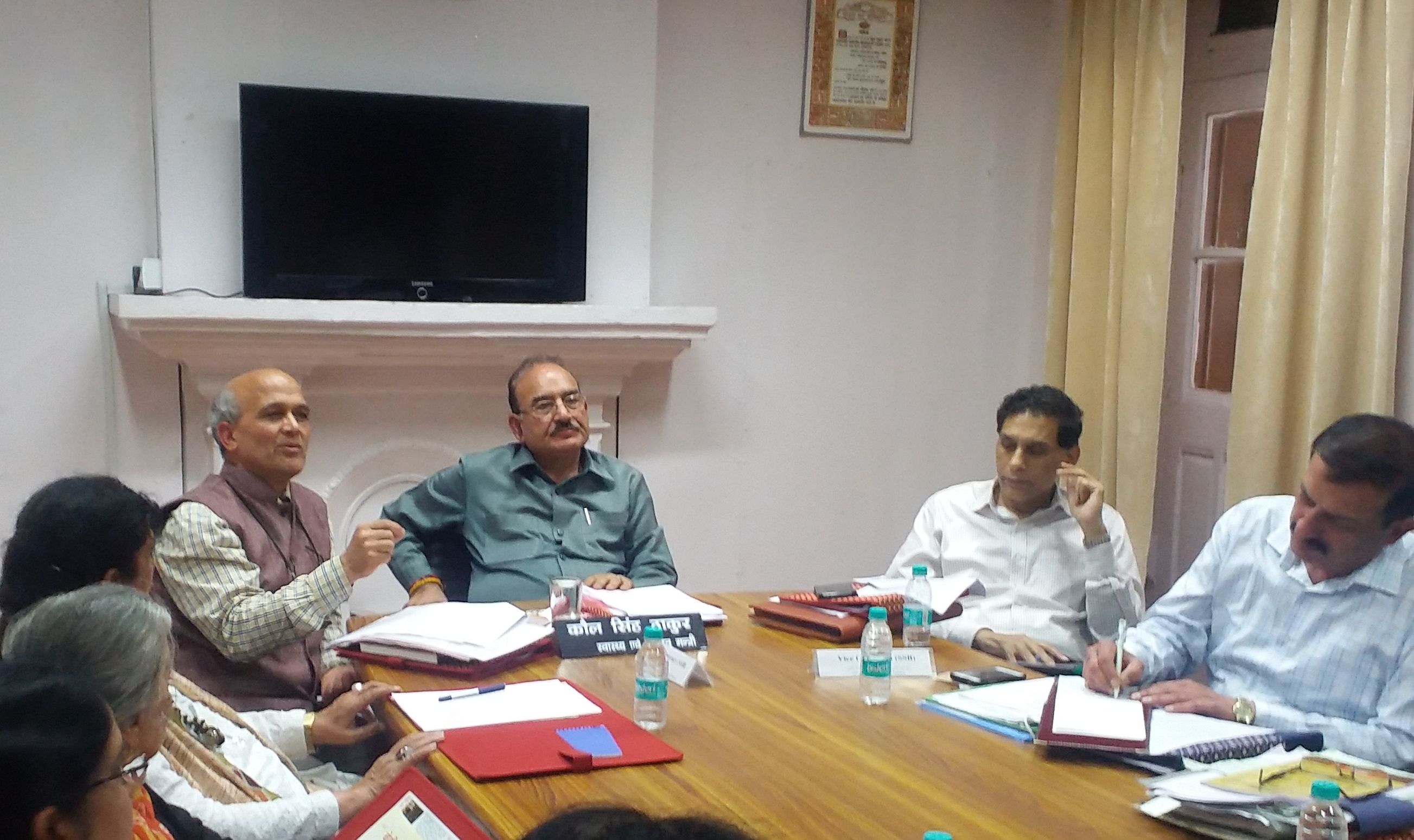For decades, the charm of the ludo and rummy game was in the social bonding it fostered. Then came online gaming, which revolutionised the way traditional and console games are played. Suddenly, everyone was online, and the social aspect of offline gaming took a backseat. Now, you can play cash rummy with strangers from the comfort of your home.
However, social bonding was too big an attraction for gamers to let go. Online gaming is gradually taking a community-based approach and recreating the best aspects of offline gaming. Social gaming as a market segment is said to be growing at a CAGR of more than 15% at the moment.
Developer’s Best Interests
Gaming communities are forming organically, but developers have more than one reason to facilitate this formation. By nurturing gaming communities, developers stand to gain in a variety of ways.
Gaming communities are helping online platforms to gain more visibility. The word-of-mouth publicity gained in a gaming community is far more impactful than a traditional marketing or advertising campaign. Gamers also engage in off-the-game activities like videos, game art and tutorials. In community gaming, these contents are shared, which popularised the game further.
Gamers have a vibrant presence in streaming and social media platforms. Nearly 80% of gamers in a survey confirmed that they discuss video games on Facebook, while close to 42% also use YouTube to discuss games.
Gaming communities are also actively involved in competitive esports scenes. The esports market is a major crowd-puller in the gaming world, growing at a CAGR of nearly 27% between 2023 and 2030. Similarly, cash rummy and poker tournaments attract millions of gamers in India every year. A tournament in the rummy game platform RummyCulture even achieved a world record on the basis of gamer attendance.
Building Social Aspects
Online platforms are adopting various in-game and out-of-game tactics to build gaming communities around their respective games.
Player organisations and communities provide a structure for socialising and friendship. They encourage interdependence and collaboration. Platforms provide typed-text channels and private messaging options to facilitate effective in-game communication. Many games also offer IRC-style communication functionality.
Games are also promoting virtual economies, where players can trade goods, services and currencies within the game’s ecosystem. Community events are also a popular way of promoting community gaming. These events include in-game meetings with developers, tournaments and interactions. Digital Gaming India Expo and GamingCon are examples of community gaming events.
Out-of-game tactics towards community gaming also involve engagements and regular communications. Developers are often seen working towards an early community that involves direct developer-gamer interaction and open beta testing. Besides, social media communication, fan site and community content and website engagements are adopted.
Strategies are also deployed to facilitate player-generated content creation and sharing. High-ranking players are also used as influencers who promote the game within the wider community. The next move in community gaming could see more decentralisation.
Decentralisation and Autonomy in Gaming Communities
The use of blockchain technology has given prominence to web3 gaming. In web3 gaming, players enjoy complete autonomy over almost all aspects related to gaming. Decentralised autonomous gaming is the popular trend in managing gaming community governance. Gamers acquire or earn tokens in the game, which they can use to vote on matters related to game development and community.
Looking at the possibilities, gaming Decentralised Autonomous Organisations (DAOs) can be the next level in community building. DAOs can be created to bring like-minded gamers together over common goals like preparing for esports events, collaborating in guilds, crowdfunding new games, etc. As innovations continue to emerge, the response of gamers towards community gaming remains as positive as ever.
The Rise of Community Gaming
The smartphone boom in India has democratised access to online games. By 2026, India is expected to have more than a billion phone users. This, along with affordable internet, has done wonders for the gaming industry in India. 60% of gamers in India today are from non-metro locations.
This has kickstarted the development of localised gaming content and regional gaming events. Esports events are attracting higher levels of audience participation and engagement. On the other hand, the popularity of streaming platforms like YouTube and Twitch has also contributed to the growth of the offline social aspects of online gaming. The game streaming market in India is expected to reach $200 million this year.
A Socially Active Pastime
Unlike in the early era, online gaming is no longer an isolated activity. It has evolved into a recreation that provides ample room for social connection. The gamers have found organic ways of socialising through gaming forums and streaming platforms. The online platforms, on the other hand, are adopting different strategies to bring the gaming community together under one roof. All these developments are adding to the vibrancy of community gaming.






